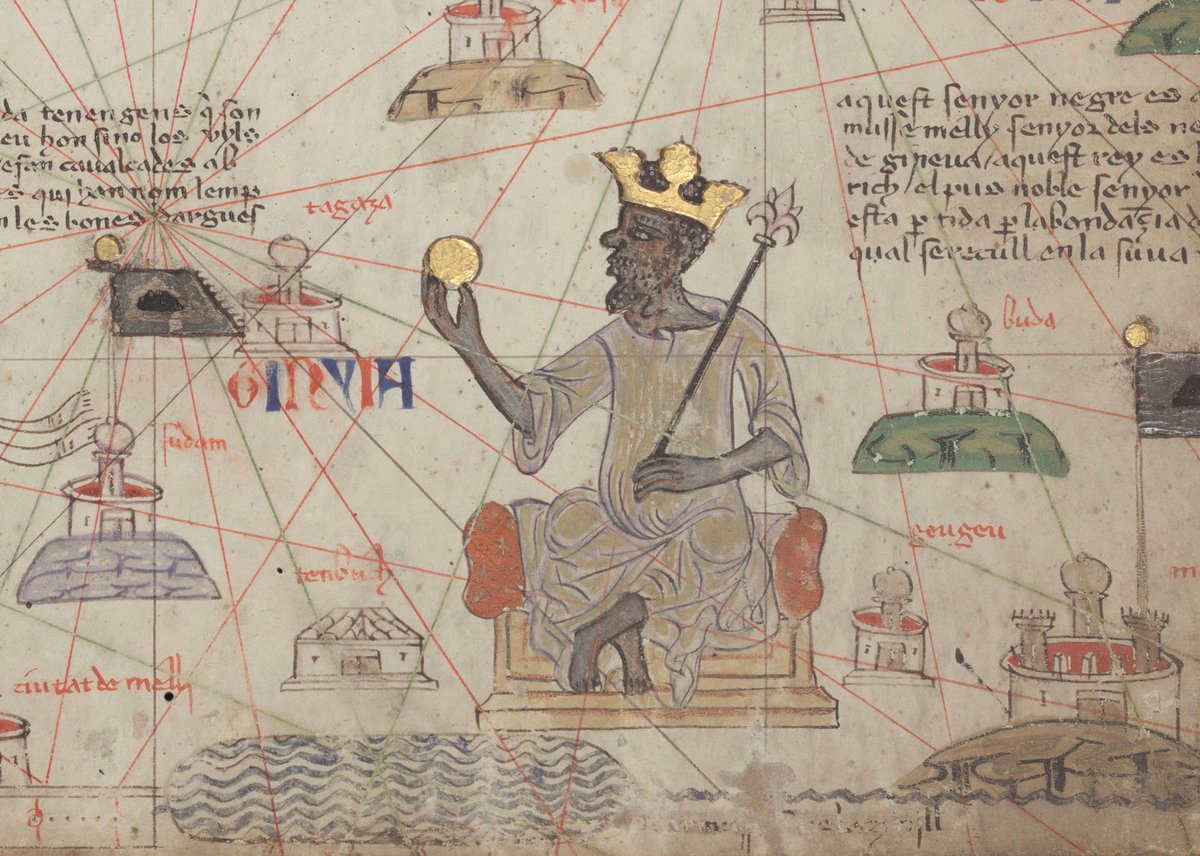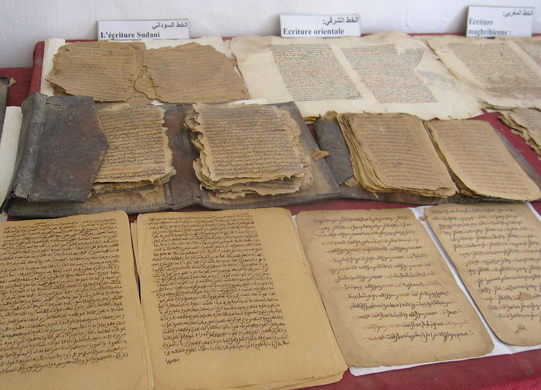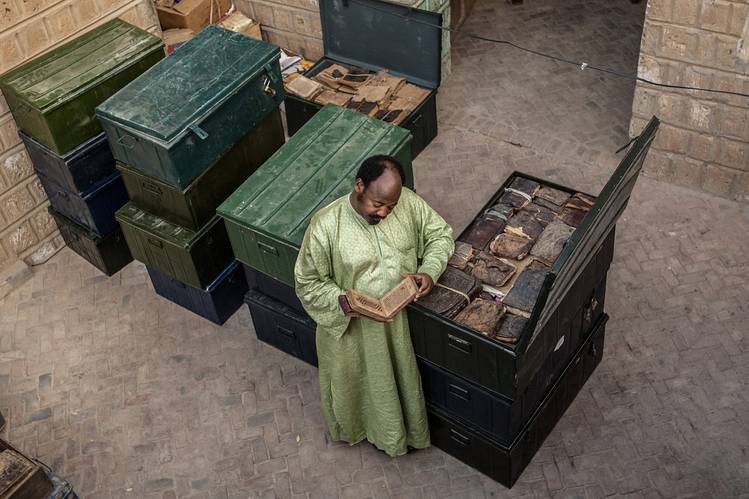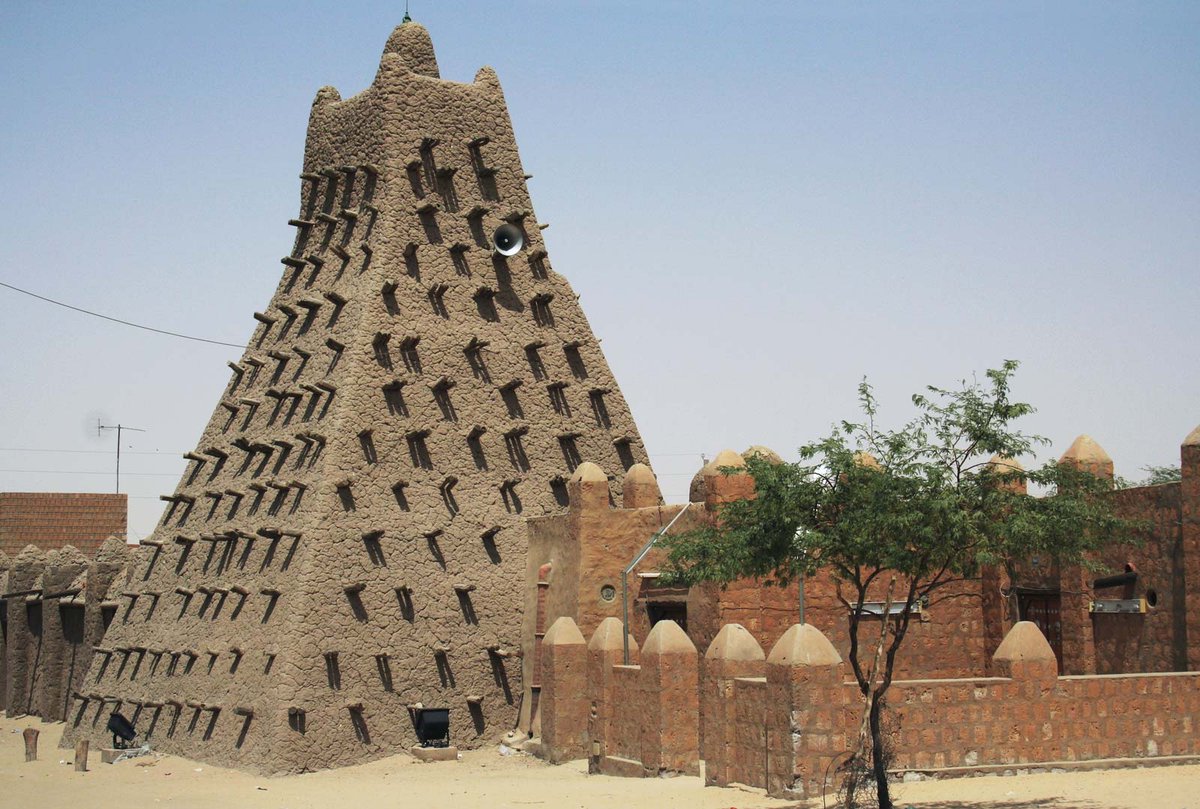Without further ado, let us begin with the story of the king who was so rich he single-handedly collapsed economy of medieval Egypt!
He& #39;s also the richest individual who& #39;s ever lived. And, as some of you have already correctly commented (with thanks to @greg_jenner!), he was, indeed, #MansaMusa, an early 14th century king of the Malian Empire.
If we translated his wealth into today& #39;s money (adjusting for inflation and so on), he would be worth about $400 billion! By comparison, J.D. Rockefeller, who& #39;s often said to be the wealthiest individual who& #39;d ever lived, was worth $320 billion and Jeff Bezos $160 billion.
Mansa Musa was so famous that he was depicted on this map of the world made by a 14th century Spanish cartographer. He sits on a throne draped with silk, holding a golden nugget, gold being the main source of his immense wealth.
The pilgrimage he made to Mecca in about 1307 has become the stuff of legend. He travelled, it is said, with a retinue of over 60,000 servants, porters, heralds clad in silk and wielding golden sceptres, and camels carrying mountains of gold dust.
Through each settlement he passed, he built a mosque and gave away hundreds of kilos of gold, mainly to the poor. Here is a contemporary artist& #39;s rendition of his holy walk, just to give you an idea of what it might& #39;ve looked like!
When he arrived in Egypt, he gave away so much gold that he flooded the kingdom& #39;s gold market. The precious metal became so abundant that the price of it drastically dropped, and the price of other now less plentiful items shot up. It took a decade for these prices to stabilise.
A devout Muslim, and a keen and curious scholar, Mansa Musa also contributed to the founding of one of the world& #39;s first universities, that of Timbuktu.
The town of Timbuktu itself, however, was made an early, powerful centre of trade and learning by Sundiata Keita, Musa& #39;s great-uncle. As traders and scholars from north Africa and Arabia crossed the desert to trade and study in Mali, Timbuktu grew in prominence and influence.
Through the decades and centuries, these individuals would bring, and leave, books and scrolls full of wisdom both religious and pragmatic. Those who stayed established madrasas (Islamic schools) and the diverse collection of these madrasas became, in effect, a university.
Books were of high value in Mali. Some of the scrolls and writings that have been found at Timbuktu contained information on subjects including science, astronomy, mathematics, law, and, of course, copied of the Qur& #39;an.
copies* that should say^, my apologies. Under Mansa Musa, mosques such as Sankoré, pictured below, became larger centres of learning. This is where students studied, wrote, and recited vast amounts of fascinating and cutting-edge knowledge.
I hope this thread on Mansa Musa, the Malian Empire, and Timbuktu provided you with some information you had not yet encountered! I gave quick mention to Sundiata Keita, Musa& #39;s great-uncle. Besides putting Timbuktu on the map, he was actually the founder of the Mali!
And it is stories about him that I can& #39;t wait to share with you in the next thread.

 Read on Twitter
Read on Twitter






